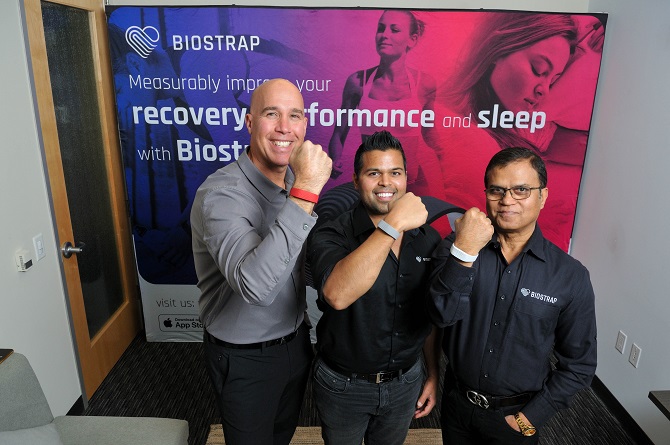
Using Biostrap’s wrist-worn device’s to capture data, researchers at Children’s Hospital are developing a new physiological biomarker to detect the level of vascular dysfunction in sickle cell disease patients.
“Moving blood flow measurements from the lab to the home is a crucial step in the development of this biomarker and its widespread implementation, Saranya Veluswamy, hematologist at CHLA and Assistant Professor of Clinical Pediatrics at the USC Keck School of Medicine, said in the announcement. “This will enable us to intervene in real time and potentially alleviate pain in sickle cell disease patients.”
